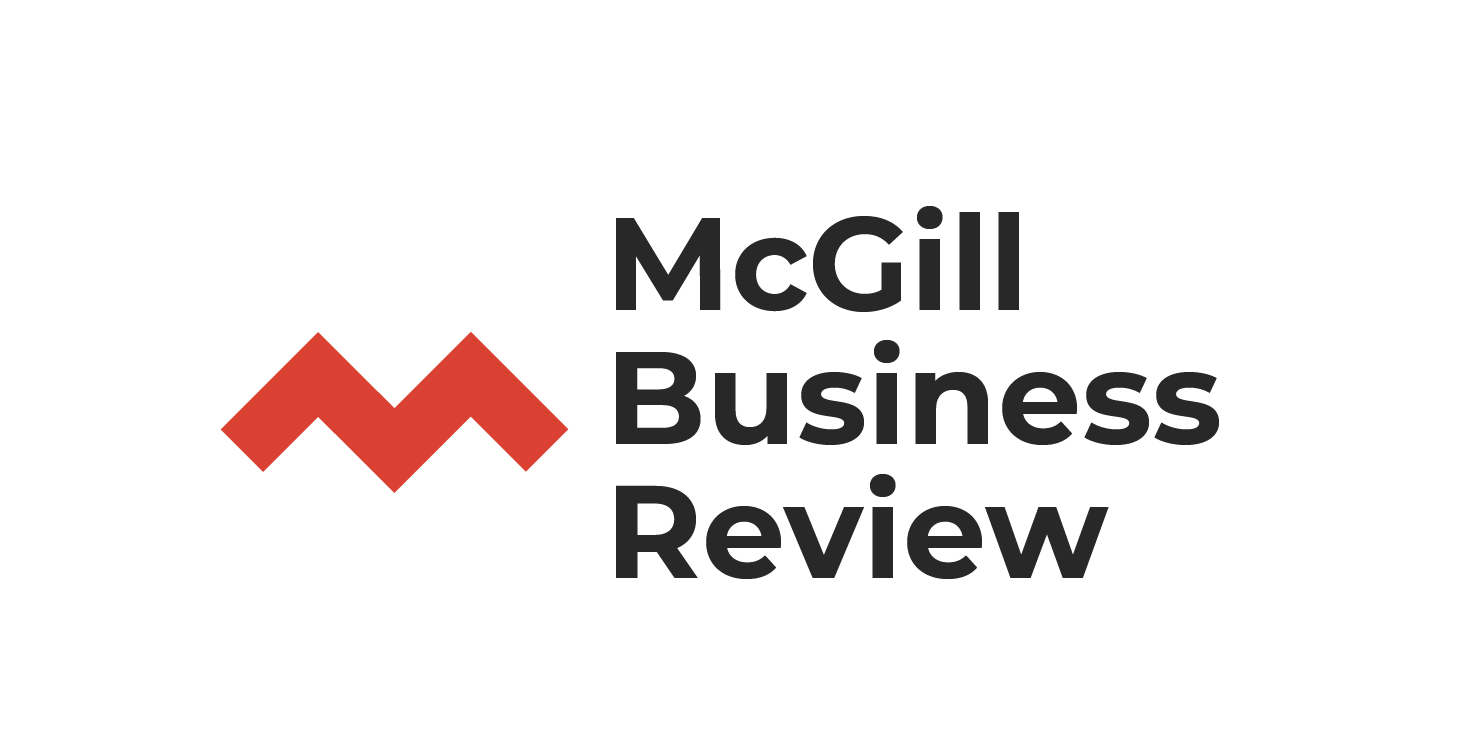Infrastructure 2.0: How AI and Energy Demands Are Fueling an M&A Supercycle
Infrastructure M&A has experienced unprecedented growth in recent years, with US M&A deal value surpassing US$136 billion in the first half of 2025 alone, already ahead of the annual deal value of US$125 billion the year prior. Normally associated with core sectors such as roads and ports, infrastructure has fast become much more, encompassing digital infrastructure, renewable energy, utilities, and telecom networks. This evolution reflects the increasing criticality of infrastructure to everyday life, as well as the stability and long-term returns that these assets offer in uncertain macroeconomic environments.
Key Trends Shaping the Infrastructure M&A Space
The main motivator behind deal-making in the infrastructure space has been the demand from AI-powered digital infrastructure, specifically data centers. Data center financing was the leading trend in the market during 2024 and 2025, with multibillion-dollar deals by CyrusOne, Vantage Data Centers, and eStruxture. This boom has been spurred by skyrocketing AI workloads that need enormous computing prowess and unprecedent amounts of electricity. The relationship between AI and infrastructure has also become increasingly circular as cloud and AI giants like Oracle and Microsoft are not only driving demand for data centers but also acquiring them, with Microsoft pledging US$80 billion in 2025 alone. As data centers put ever-increasing stresses on grid capacity, investors are shifting attention toward electricity generation, storage, and transmission facilities, effectively establishing a close relationship between the energy and digital infrastructure markets.
Another key trend is the role of government policy and tax incentives. In Canada, refundable investment tax credits (ITCs) have become a cornerstone of clean energy project economics, spawning new financing structures such as ITC-backed loans. Meanwhile, in the United States, the One Big Beautiful Bill Act has reshaped the landscape by phasing out solar and wind tax credits by 2027–2028 while extending incentives for energy storage and opening new federal land for oil and gas exploration. These shifts have created both short-term surges in renewable investment and long-term uncertainty, forcing investors to balance timing, risk, and geography when structuring deals.
The growth in private capital, from the likes of infrastructure funds, private equity firms, and pension plans, is also one of the market's most characteristic developments. Driven by interest rate hikes, private capital is filling the gap left from government financing, which cannot always support projects, and is filling the need with flexible and innovative capital in the form of structured equity, mezzanine financing, and hybrid debt structures. Long dated and stable cash flows from infrastructure assets suit institutions that hold large pools of capital like sovereign wealth and pension funds, and their increasing importance is a reflection on the indispensability that the growth of the sector has achieved through the advent of private capital.
Notable Transaction News in 2025
The infrastructure sector has had a string of high-profile deals in 2025 that show the desire among both private equity and strategic purchasers to acquire large-scale assets.
Blackstone revealed the purchase agreement of TXNM Energy in May 2025, valued at US$11.9 billion. It highlights the determination by the private equity investors to double down on core power and utilities assets that provide inflation-protected returns.
Brookfield Infrastructure Partners completed the acquisition of Colonial Enterprises in April 2025 for US$9.0 billion. This transaction presents infrastructure funds increased focus on midstream companies that play significant roles in the transportation of refined petroleum products. This deal suggests that infrastructure funds still value stable cash flow assets in traditional energy while still balancing their green energy transition portfolios.
PSP Investments bought a 7.51% minority holding in the 407 ETR in June 2025 from CPP. It is the biggest Canadian investment by PSP up to date, after the highway had already recorded more than three million users every week. This transaction is an indication of how big public pension plans are entering into infrastructures as their core holdings.
In July 2025, Union Pacific revealed a transformational merger deal to purchase Norfolk Southern for US$85 billion. If the transaction gains regulatory approval from the Surface Transportation Board, it would be America's very first transcontinental railroad with a combined enterprise value exceeding US$250 billion.
Conclusion
Infrastructure M&A in 2025 was forged by the confluence of megatrends; AI-fueled digital infrastructure, increasing energy demand, and shifting government incentives, are redefining the very meaning of the term "infrastructure" itself. No longer solely confined to roads and ports, the sector today includes data centers, renewables, telecom networks, and utilities, a reflection on the growing importance in everyday life. Private capital has played a key role in financing growth, providing innovation and scale that cannot be enabled by governments alone. High-profile deals from Blackstone, Brookfield, and PSP reflect the depth of appetite among investors across subsectors, ranging from energy and midstream assets through to digital and fiber networks. In the lead-up to 2026, infrastructure M&A will continue to make headlines with investors balancing policy risk even as they raise bets on sectors critical to the global energy transition and digital economy.

